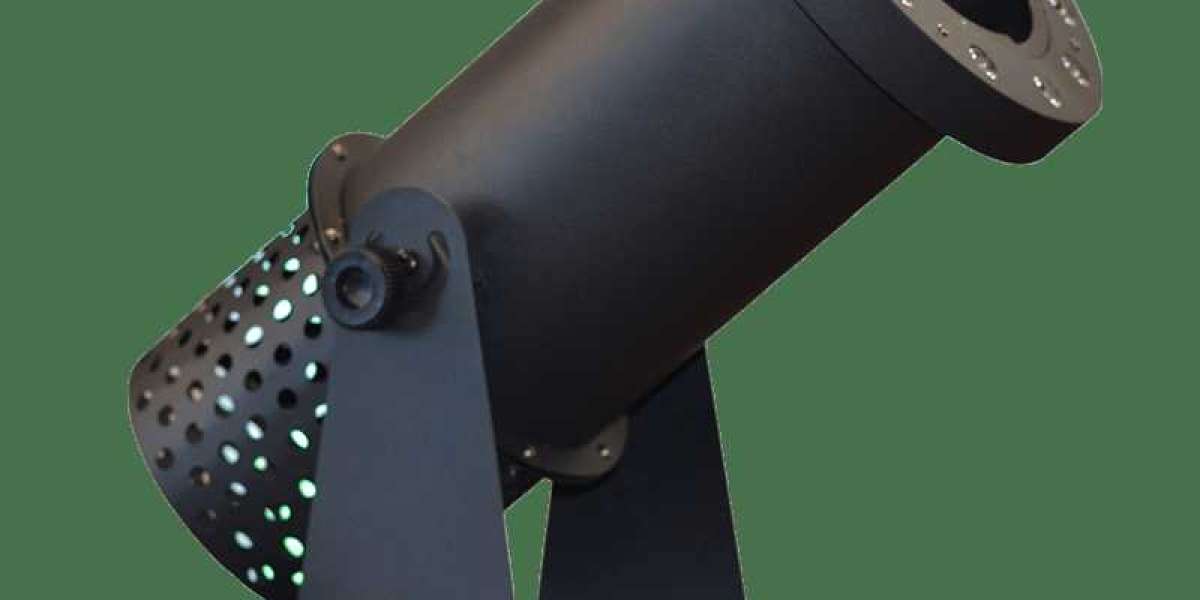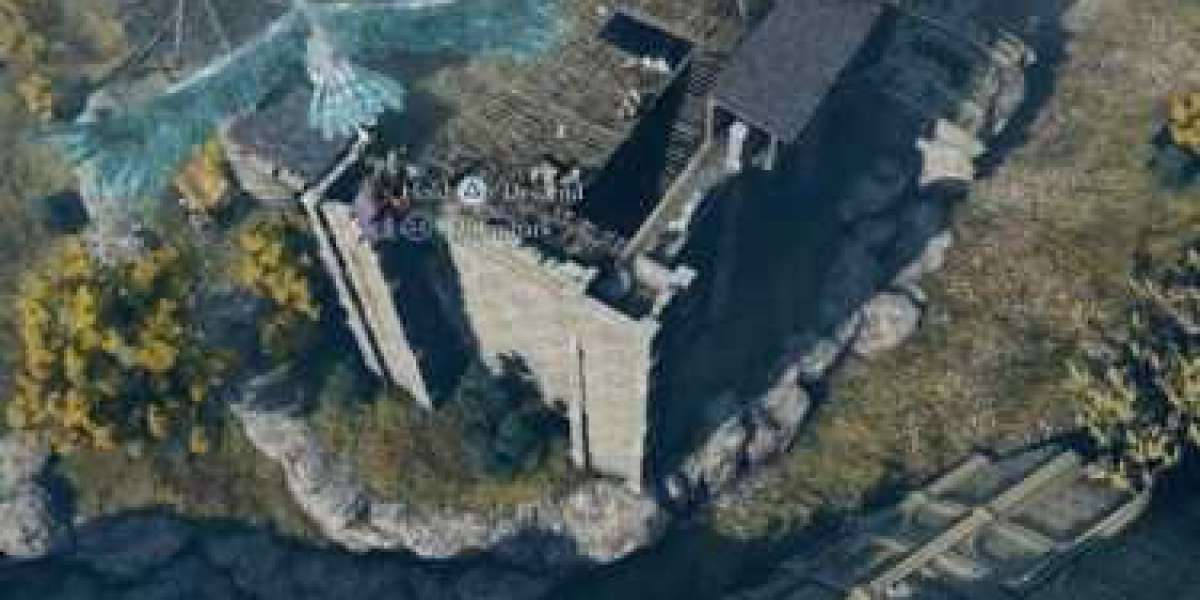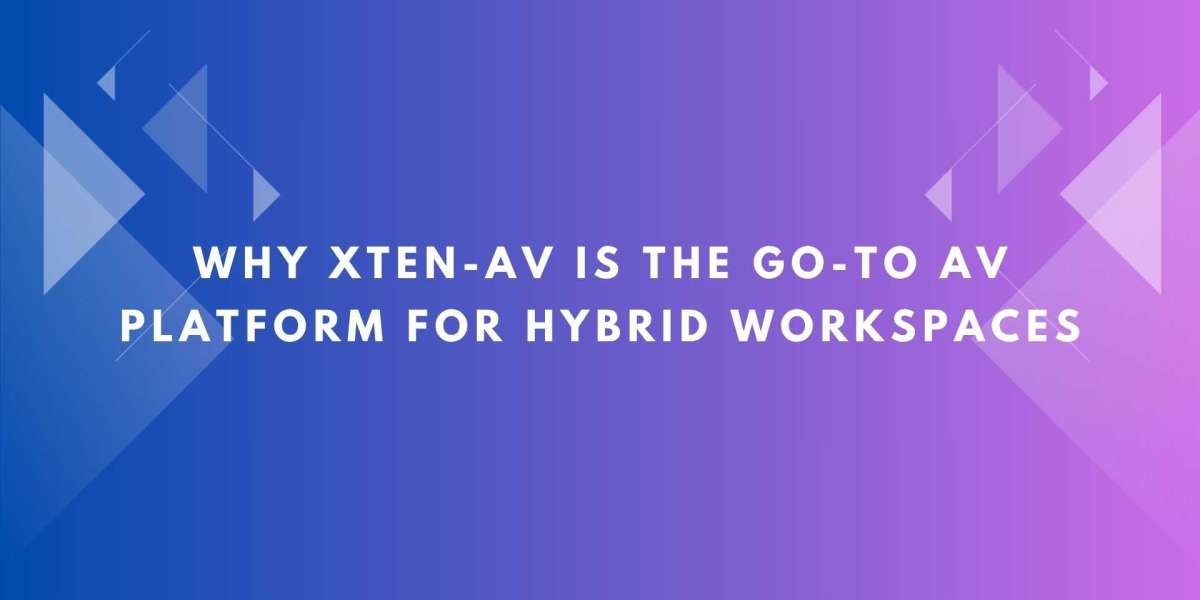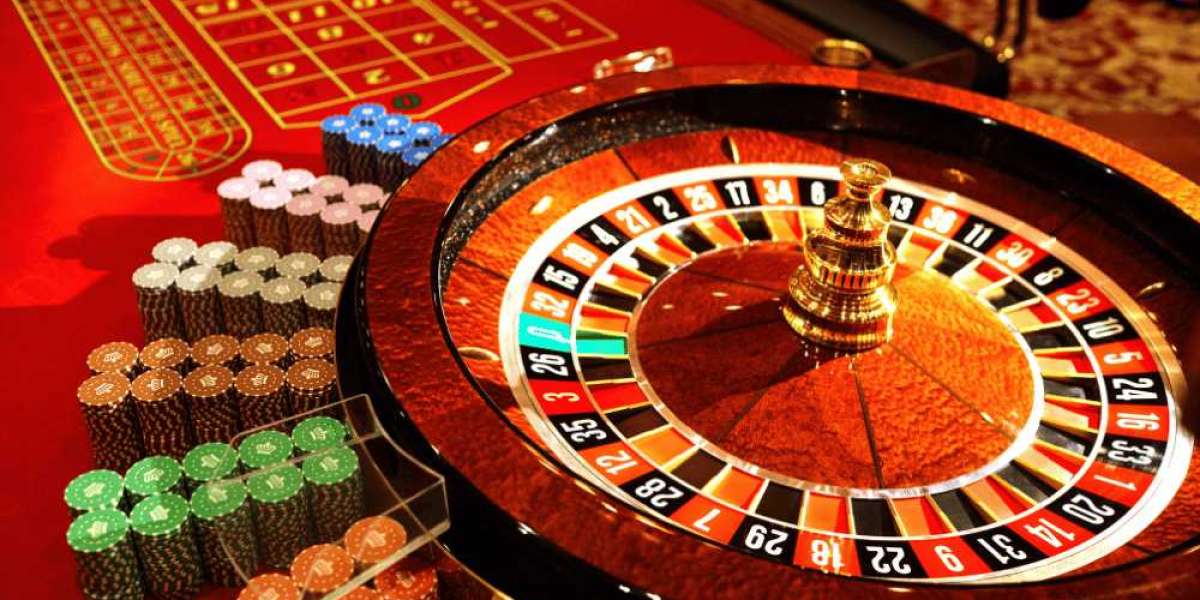Negative space—the intentionally unlit or subdued areas—plays a critical role in defining focus, depth, and visual hierarchy on stage.
Visual contrast: Dark or minimally lit areas emphasize illuminated elements, drawing audience attention to performers, fixtures, or focal points. This contrast enhances perception of depth and dimensionality.
Mood and atmosphere: Strategic negative space can create tension, intimacy, or drama. Shadows and unlit regions can evoke mystery or highlight transitions, contributing to storytelling and thematic development.
Spatial perception: By controlling which areas are lit and which remain dark, lighting designers shape the audience’s perception of stage size and structure, guiding movement and interaction within the venue.
Integration with effects: Negative space interacts with fog, haze, and projection mapping, allowing beams to emerge more clearly and enhancing visual layering.
Incorporating negative space into DJ lighting design ensures balanced composition, clarity of focus, and enhanced audience experience.
Read More Here:- https://penposh.com/blogs/465127/How-Different-Lighting-Styles-Reflect-DJ-Genres








